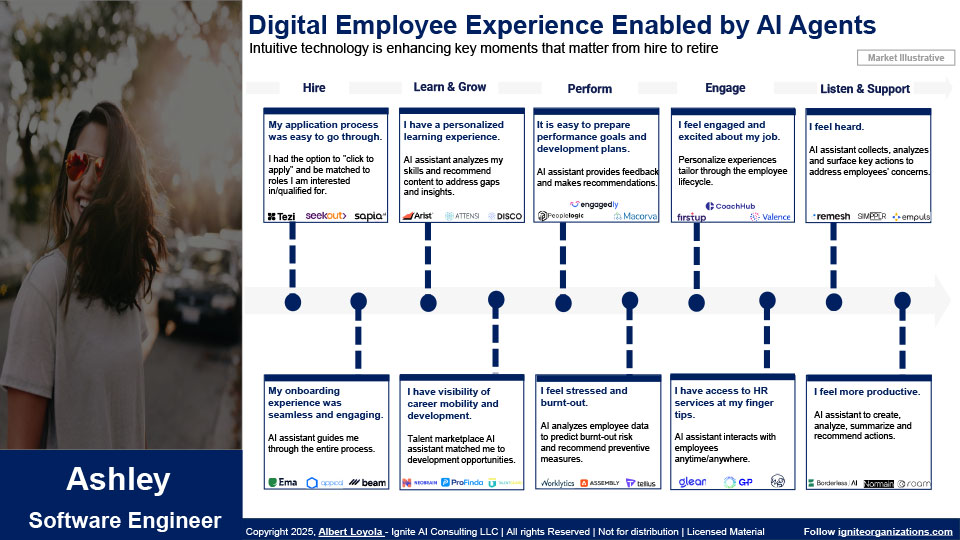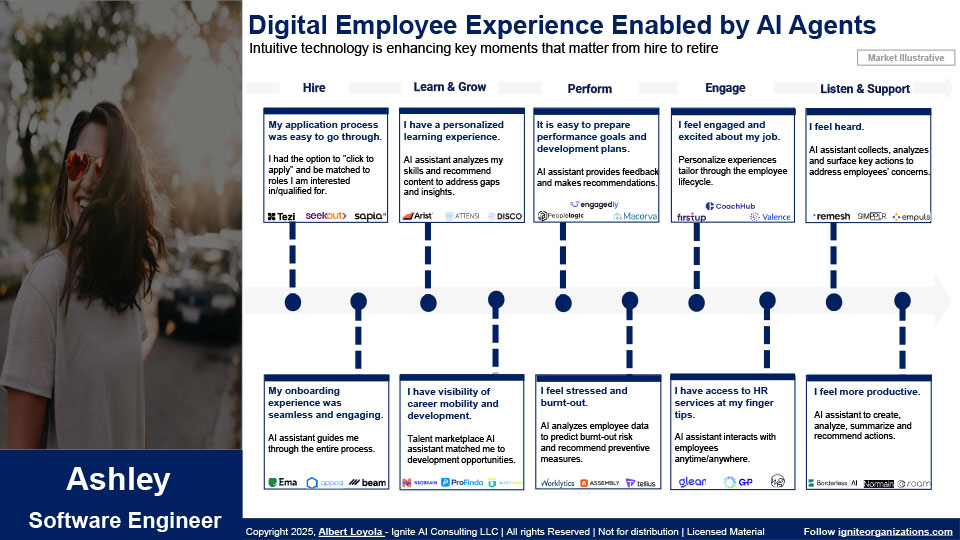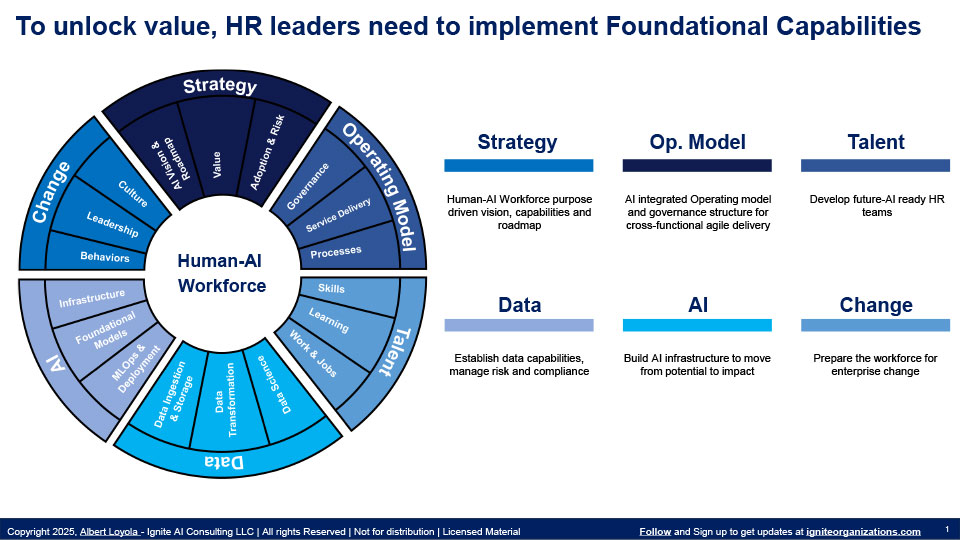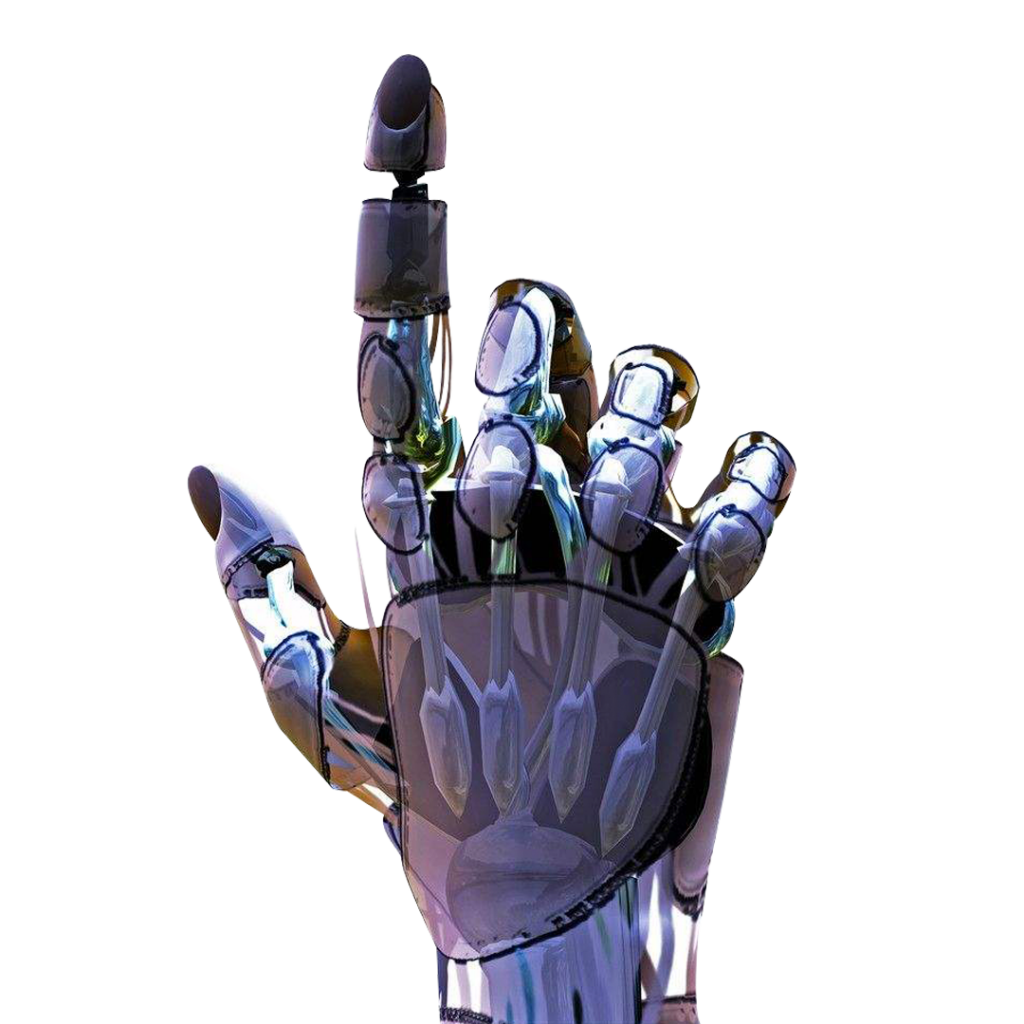
Are OpenAI and Anthropic Entering into the Enterprise Learning Market?
Hello, and welcome back to my Blog! In recent weeks, both organizations have launched new
Hello, and welcome back to my Blog!
AI agents are rapidly becoming the new user interface for the employee experience. However, AI agents are not just a technology capability, it requires a new strategy and roadmap for the new AI + Human workforce collaboration.
As Marc Benioff, Salesforce CEO mentioned early this year at the Word Economic Forum in Davos that “from now on CEOs will no longer manage human workers but also digital workers”. The new generation of CHROs play a critical role to be the orchestrators of the new workforce mix and prepare the organization for enterprise change and adoption.
AI agents are the tip of the iceberg and companies are starting to move from the individual experimentation to deploying custom AI agents for service delivery, complete tasks, and provide immediate support.
So, the employee experience is changing from:
Employee experience is moving from fragmented, manual and reactive experiences to seamless, proactive and personalized enabled by AI agents.
Let me give you an example: Onboarding. AI agents can:
From the technology standpoint, it’s hard to keep up. Since the launch of ChatGPT in Nov 2022, almost every HR technology vendor started building AI agents to address capability-focused use cases. However, the market keeps evolving with new vendors creating partnerships with major AI platforms such as Open AI, Cohere, and Nvidia to have AI as core capability.
The current ecosystem is also confusing with different terms and capabilities being used for chatbots, copilots, digital workers, AI assistants, AI agents etc. The market opportunity is exponential since companies are looking for guidance to integrate AI in technology platforms, business processes and workflows.
However, companies are facing several challenges to move from individual experimentation to value creation.
So, where do we get started? A practical way follows these 5 steps:
Final Thoughts
AI agents are quickly becoming a new standard for employee experience, working independently, making decisions and generating creative solutions. How is your organization preparing for it?
Keep in mind that the AI journey is people lead and technology enabled.
The one pager below provides a high-level view. Please share your thoughts!
Connect with me to discuss further.
Note: All views expressed in this article do not represent the opinions of any entity whatsoever with which I have been, am now, or will be affiliated. My opinions are my own.
Share it with your network:

Albert advises HR teams on talent, AI and HR technology. He also partners with Startups CEOs and Founders on market strategy, alliances and offering development.

Hello, and welcome back to my Blog! In recent weeks, both organizations have launched new

Hello, and welcome back to my Blog! AI agents are rapidly becoming the new user

Hello, and welcome back to my Blog! AI innovation is accelerating the path of
Subscribe
